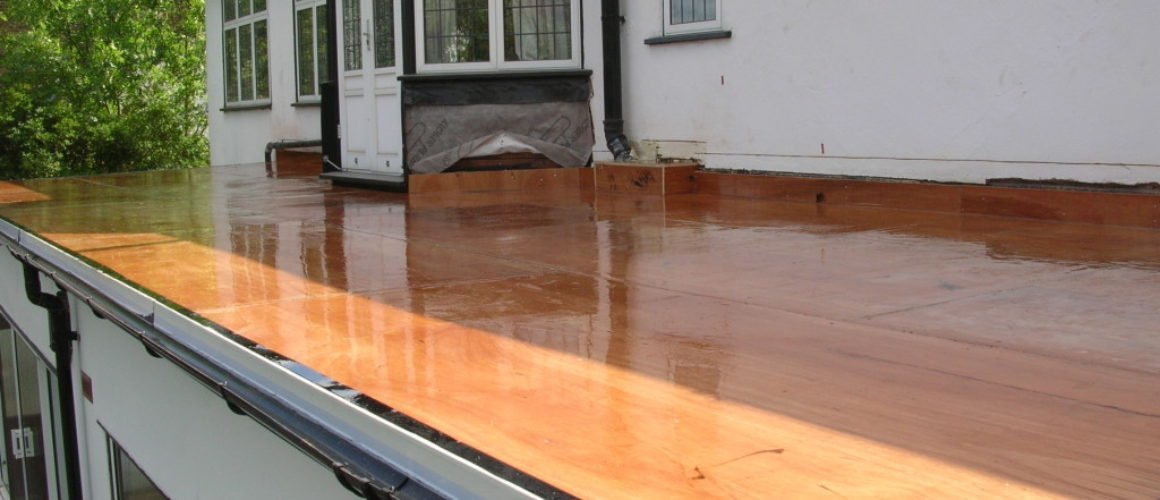Flat Roof Installation
You can see flat roofs on many modern buildings today, but also on the balconies, garages and over shed dormers. The biggest problem with this type of the roof is ponding water. If the roof is not built up properly water will find the way into the house. That is why you must be very careful during flat roof installation; otherwise the result will not be watertight roof.
Flat roof installation begins with framing the roof. By framing the roof it gets slightly inclined, 1/8 inch per foot. This will help to direct the water down and away from the roof and the house. Nail the wedges to the joists; this is how you are going to achieve the incline. Joists on the flat roof must be larger and put closer than on the slope roof or they will not be able to withstand the weight of the snow. Now, you can place the sheathing. Use plywood boards; install the boards leaving gaps of 1/8 inch at the joists. This will allow expansion and contraction of the plywood.
Install the underlayment. You can use iso board. Iso board is rigid foam made of polyisocyanurate. Use utility knife to cut the board and secure it to the plywood with galvanized steel nails. Make sure to fit the board tightly at the joists because, unlike plywood, iso board does not expand or contract.
Where the flat roof meets vertical walls you must make beveled corners. This is where the rubber roof material goes up and you need to protect this part of the flat roof from the water. Using table saw cut 45-degree bevel. Secure it between the roof and the wall. This will prevent seeping of water into the house.
It is time to place the rubber membrane, so called EPDM (ethylene propylene diene monomer). Before you do that, sweep the roof; there mustn’t be any dirt or debris on the roof. EPDM comes in rolls which are 10 foot wide and you can cut it with utility knife or with shears. Place the membrane and then fold it back in half. Spread the glue over the rubber membrane and iso board with paint roller. Let the glue dry and than carefully spread the membrane over the iso board. When rubber and iso board meet, they bond instantly. That is why you must be very careful when spreading the membrane. Do that pushing from the inside of the fold and try not to make wrinkles. Make sure you glue tightly the rubber membrane at inside corners. Use some uncured rubber for additional sealing. To prevent peeling the membrane off the walls use metal brackets (termination stops). Fix them with nails, cut off the rubber above the brackets and seal the brackets with caulk.
Flat roof installation should be done very carefully if you want to get watertight roof which will protect your home for many years.
